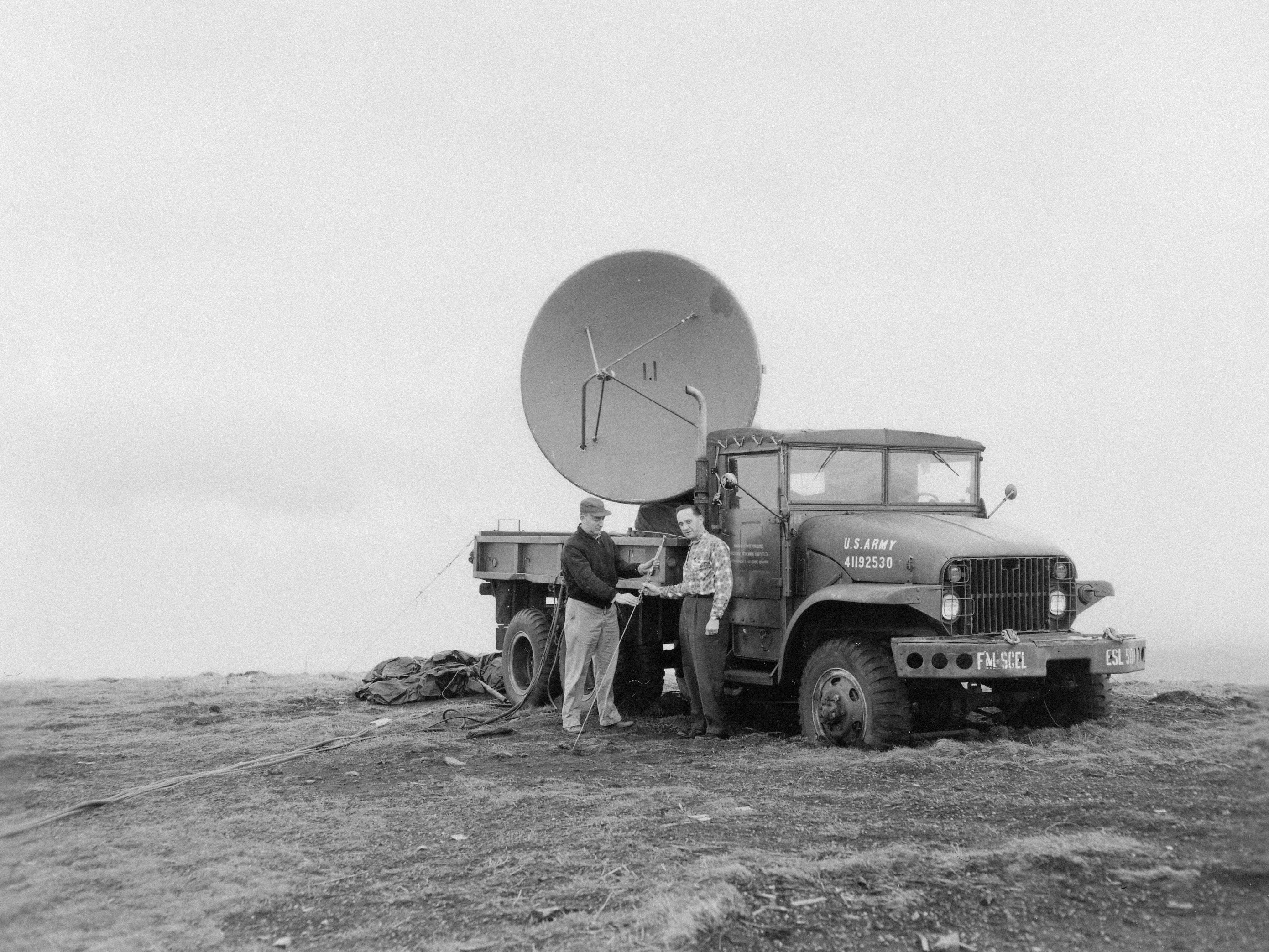
Edge Computing Jobs Skills Radar 2026: Emerging Frameworks, Tools & Technologies to Learn Now
Edge computing is reshaping how we process data—bringing computation closer to devices, sensors, vehicles, and factories. In 2026, the UK’s edge computing landscape is booming, driven by autonomous systems, IoT, 5G, and AI workloads that can’t wait on cloud latency. Welcome to the Edge Computing Jobs Skills Radar 2026—a forward-looking guide to the tools, frameworks, platforms, and programming languages that are powering the UK’s most in-demand edge computing jobs. Whether you’re building smart cameras, working on industrial automation, or deploying microservices to the edge, this radar will keep your skills sharp and relevant.











